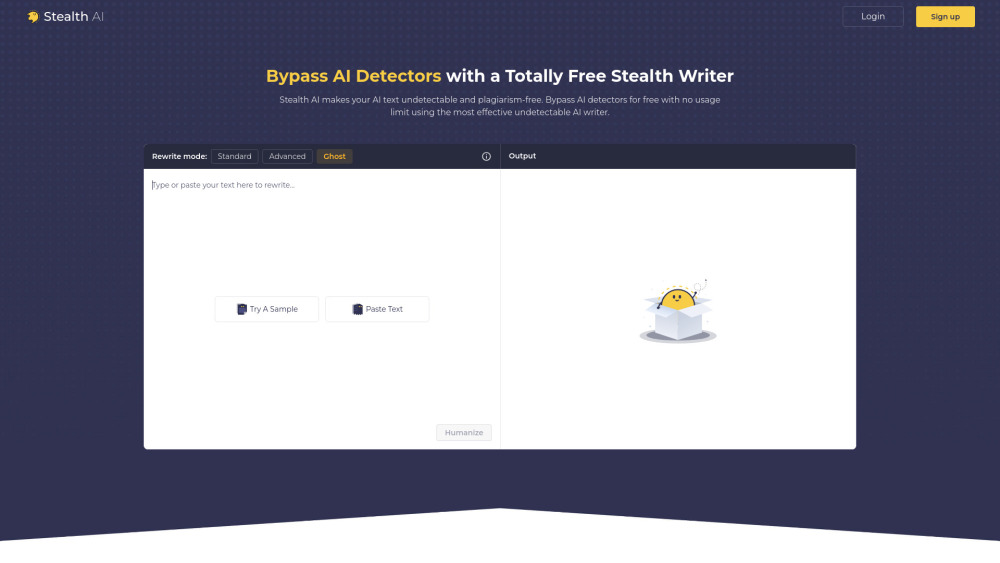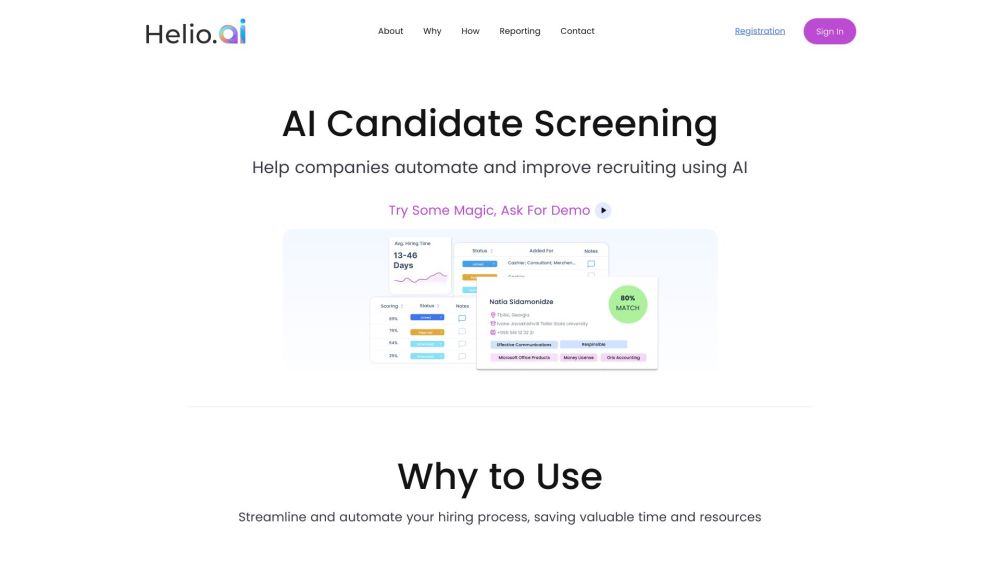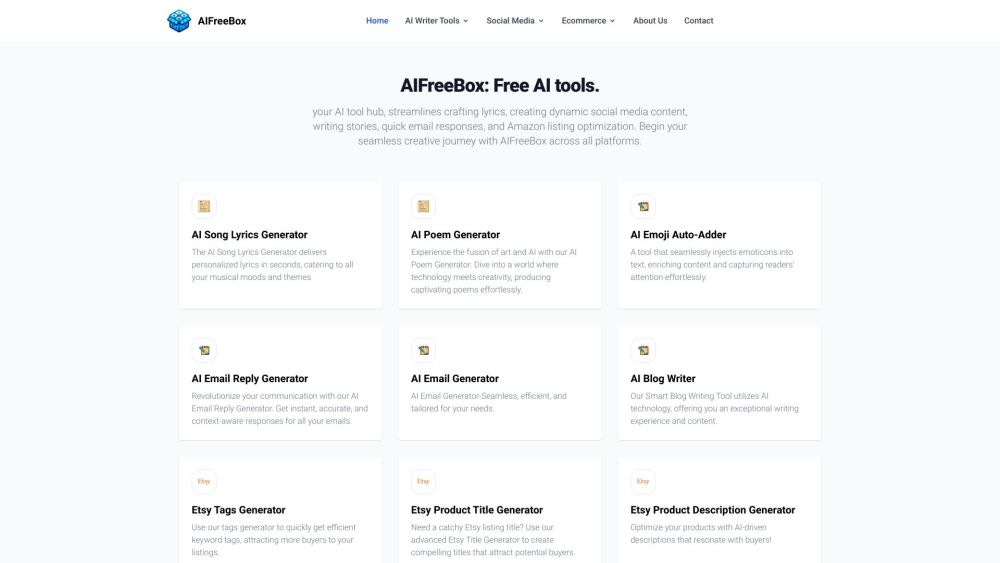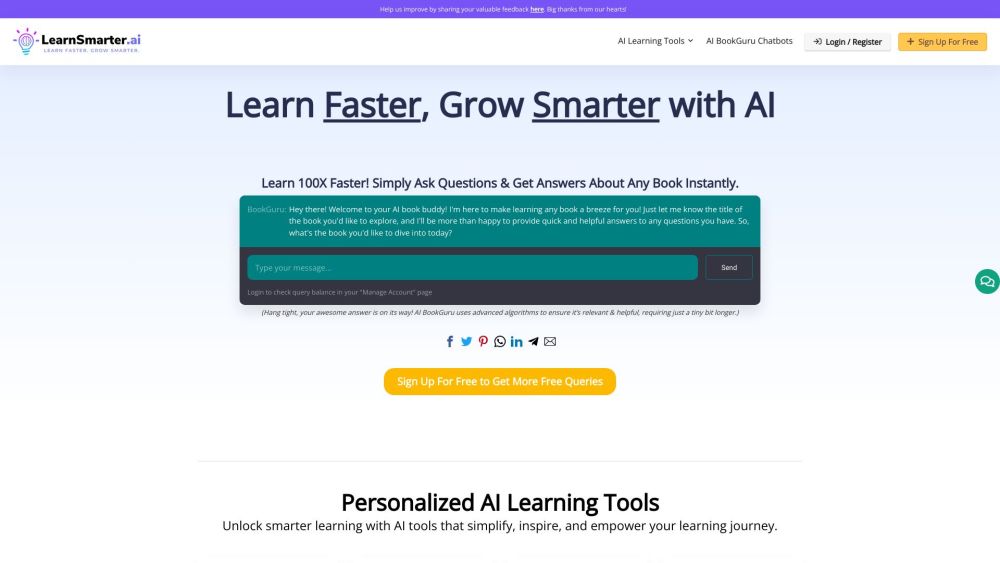Google AI Launches Pilot Program for Loon's Internet-Beaming Balloons
Most people like

Introducing our cutting-edge AI writer designed to produce plagiarism-free content that goes undetected. Experience the power of advanced technology that ensures originality and creativity in every piece, catering to your unique writing needs while enhancing your online presence. Discover how our undetectable AI writer can elevate your content strategy effortlessly.

Enhance your recruitment process with AI automation for greater efficiency and effectiveness. By leveraging artificial intelligence, you can streamline hiring, attract top talent, and make data-driven decisions that transform your recruiting strategy. Discover how AI can elevate your HR efforts today.

Discover the ultimate AI tool hub designed specifically for creative endeavors. Explore a diverse range of innovative tools that empower you to enhance your artistic projects, streamline your workflow, and unlock your creative potential. Whether you’re a designer, writer, or content creator, our platform offers everything you need to elevate your work and inspire your imagination.
Find AI tools in YBX



